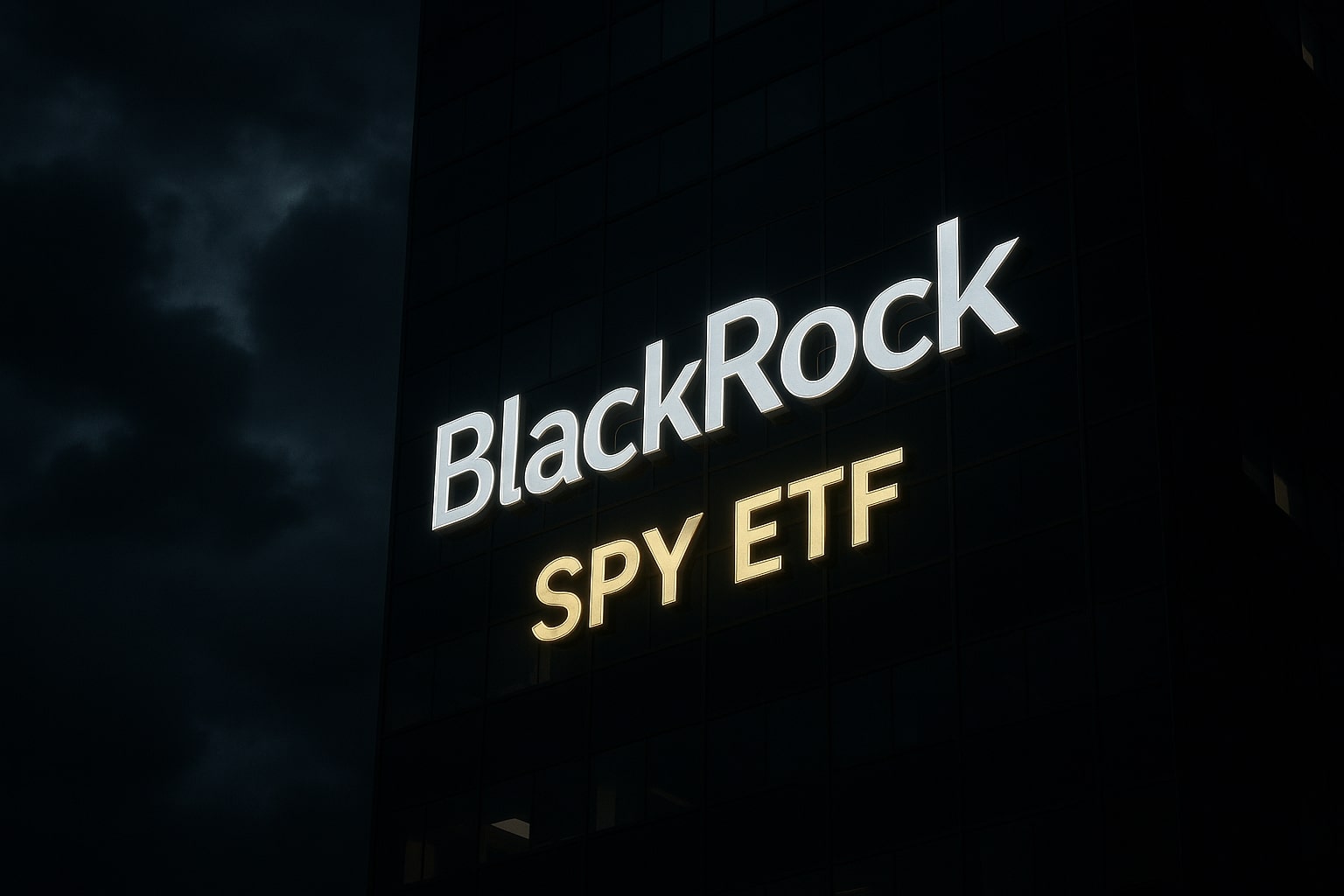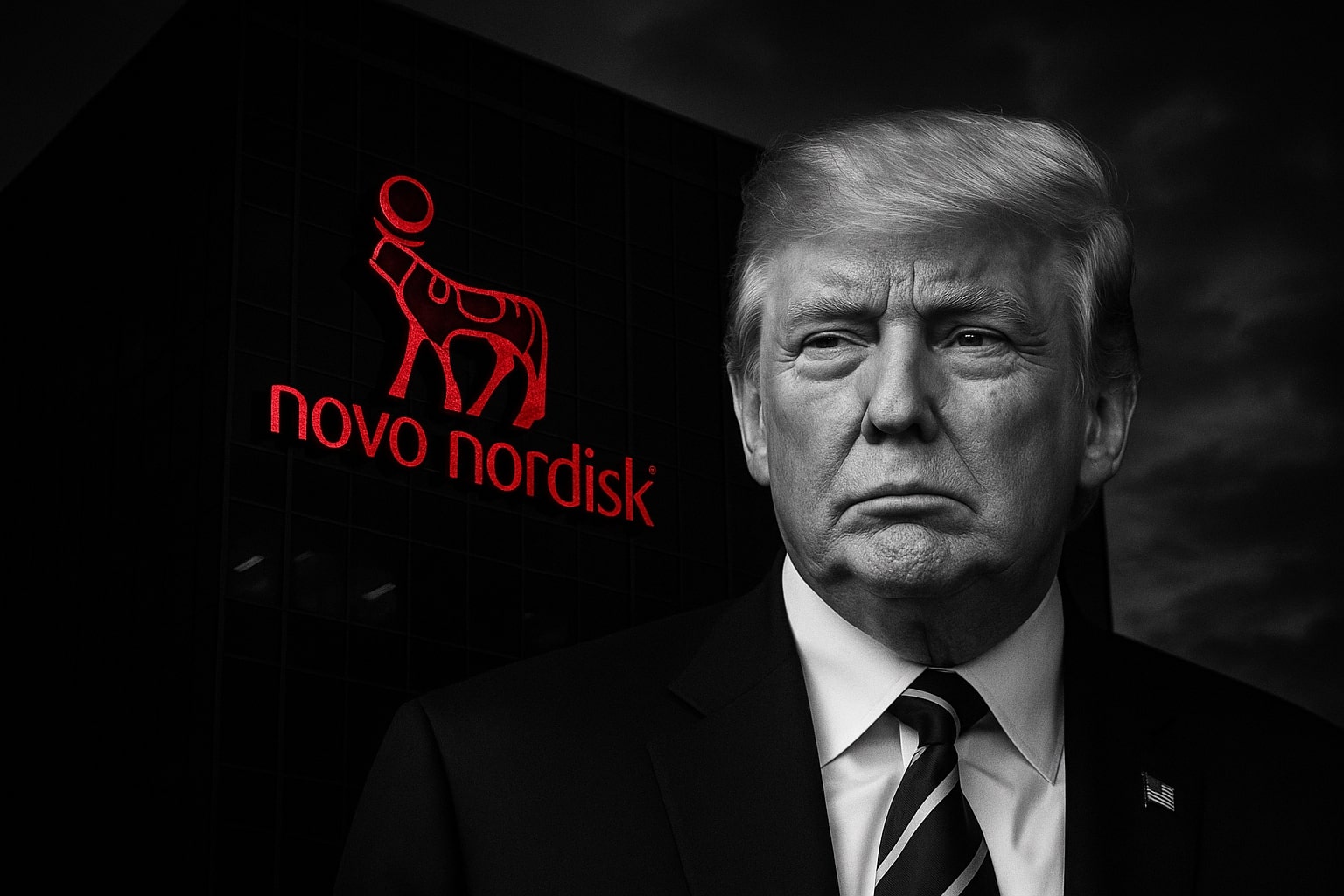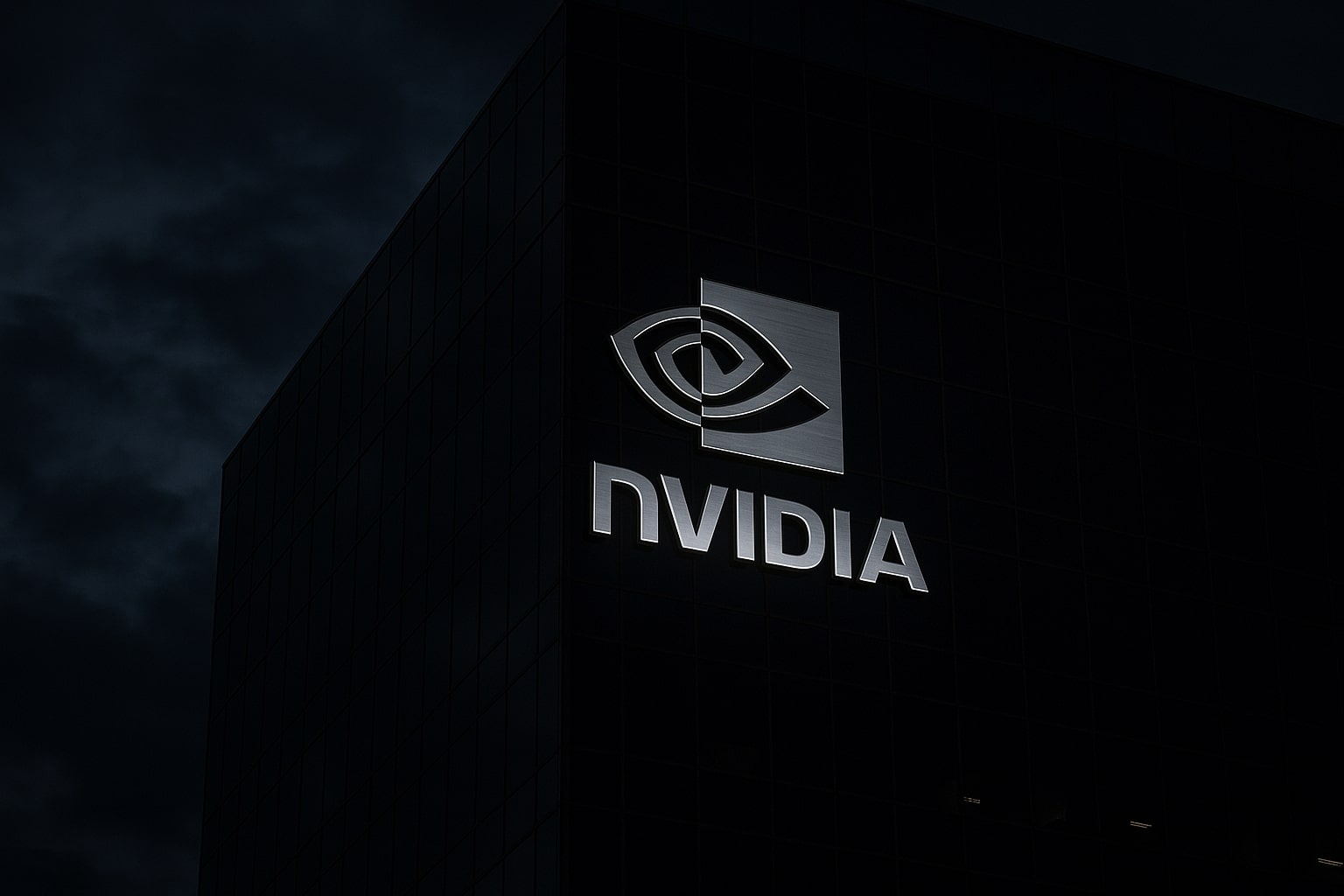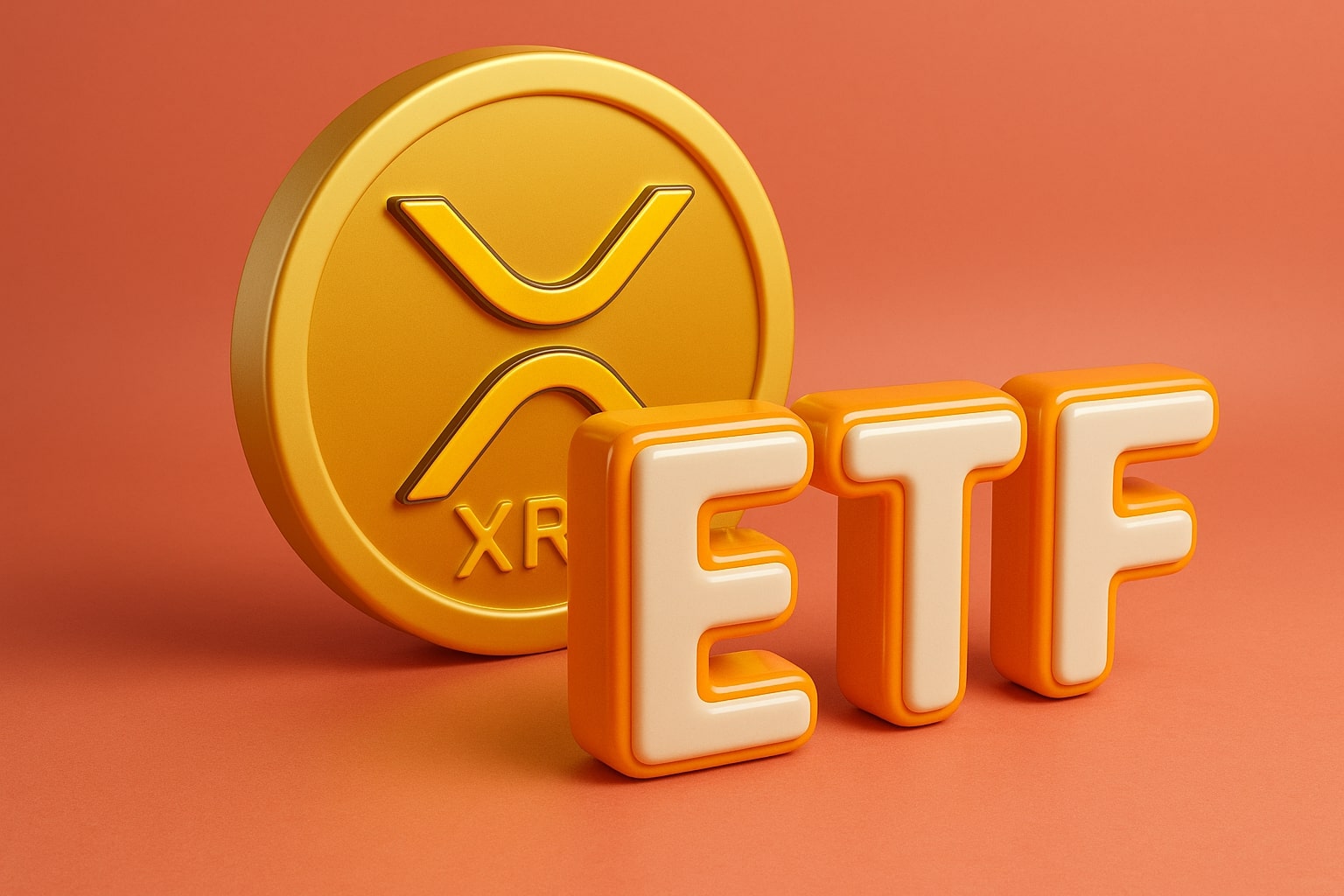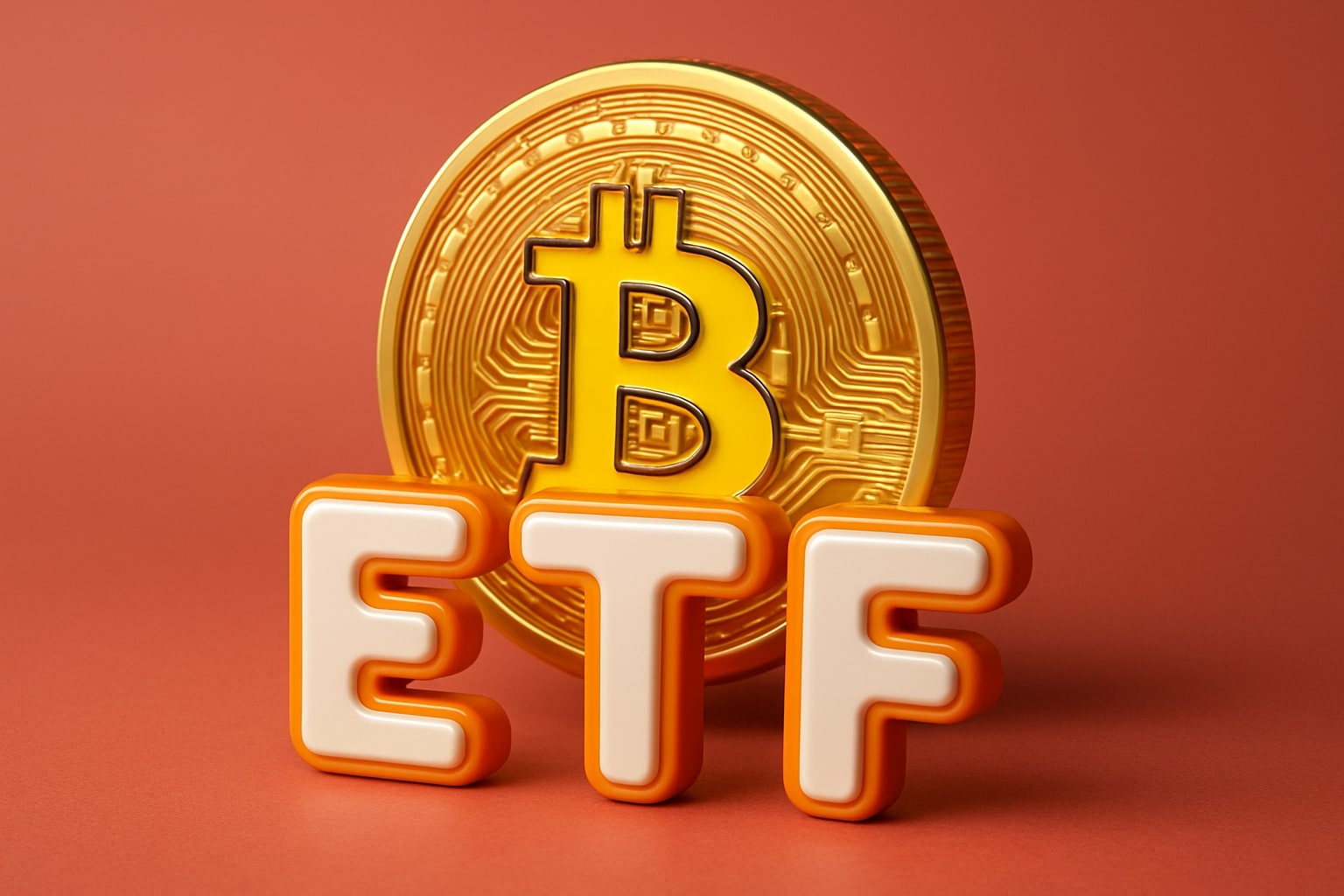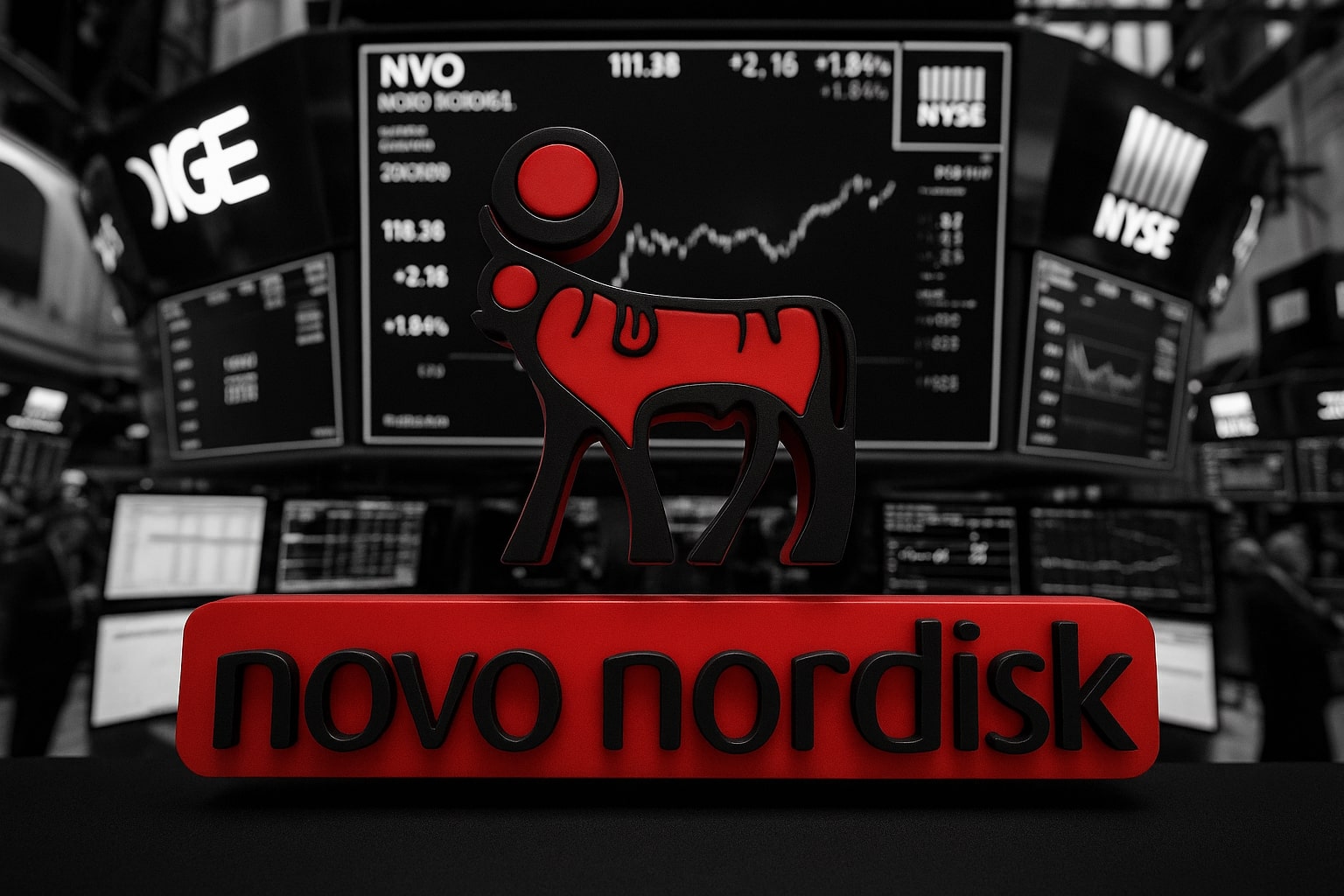
Novo Nordisk’s $9.5B GLP-1 Boom Powers Growth, But Supply Limits and Rivals Loom
After a 290% three-year rally, Novo Nordisk expands production by $7.2B as Wegovy and Ozempic fuel record profits, while Wall Street questions sustainability amid growing competition | That's TradingNEWS
Novo Nordisk Faces Pressure as Weight-Loss Boom Meets Growing Scrutiny Over Market Dominance
Novo Nordisk (NYSE:NVO) continues to dominate the global pharmaceutical landscape thanks to the explosive success of its blockbuster weight-loss drugs Wegovy and Ozempic. Yet as the company scales production to meet unprecedented demand, it also faces mounting competition, political scrutiny, and market fatigue after one of the most powerful rallies in European equity history.
The Danish drugmaker reported third-quarter revenue of $11.9 billion, up 23% year-over-year, with operating profit rising 27% to $6.1 billion. Growth was driven almost entirely by its obesity and diabetes franchises, led by semaglutide-based drugs that have redefined metabolic treatment worldwide. Sales of Wegovy soared 71%, while Ozempic grew 38%, pushing total GLP-1 revenue to nearly $9.5 billion, or close to 80% of the company’s top line.
Novo Nordisk’s stock has risen more than 290% over the past three years, making it Europe’s most valuable company with a market capitalization above $630 billion. Shares now trade near $139, down from an all-time high of $152 in August, as investors digest questions about how long the growth surge can continue. Despite the recent dip, the stock remains up 42% year-to-date, far outpacing both the STOXX Europe 600 Health Care Index and U.S. peers like Eli Lilly (NYSE:LLY).
Still, cracks in the story are beginning to appear. U.S. lawmakers have intensified discussions around drug pricing transparency, while several governments across Europe are evaluating reimbursement limits for weight-loss prescriptions. Novo Nordisk has also faced criticism for supply shortages and pricing disparities between markets. Analysts note that the company’s rapid expansion has created logistical bottlenecks, particularly in its U.S. distribution network, where demand has consistently exceeded manufacturing capacity.
In response, Novo Nordisk announced a $7.2 billion investment to expand production at facilities in Denmark, France, and North Carolina, aimed at doubling its fill-finish capacity by 2027. CEO Lars Fruergaard Jørgensen said the company is working “around the clock” to stabilize supply and meet rising global demand. “We’re at the center of a healthcare transformation, but that comes with responsibility to ensure availability, affordability, and transparency,” he said.
Meanwhile, competition is escalating. Eli Lilly’s Mounjaro and Zepbound have gained regulatory traction, particularly in the U.S., where Mounjaro sales grew more than 140% last quarter. Pfizer, Amgen, and smaller biotech players are also developing oral GLP-1 alternatives that could chip away at Novo’s long-term dominance. Analysts at UBS recently downgraded the stock to Neutral, citing “valuation risk amid accelerating competitive headwinds,” though they acknowledged the company’s unmatched execution in scaling its GLP-1 franchise.
Read More
-
S&P 500 SPY ETF (NYSEARCA:SPY) Holds $667 as AI Spending Surge Counters Weak Labor Momentum
07.11.2025 · TradingNEWS ArchiveStocks
-
Ripple’s XRP ETFs soar — XRPR up 6.41% to $19.27 and XRPI up 7.34% to $13.89
07.11.2025 · TradingNEWS ArchiveCrypto
-
Natural Gas Price Forecast - NG=F Steadies at $4.33 as 110.1 Bcf/day Output and Cold Front Shape Price Outlook
07.11.2025 · TradingNEWS ArchiveCommodities
-
USD/JPY Price Forecast - Dollar to Yen Pulls Back to 152.85 as 153K U.S. Job Cuts
07.11.2025 · TradingNEWS ArchiveForex
Financially, Novo Nordisk remains a powerhouse. The company’s gross margin stands at 84.6%, and net profit margin exceeds 42%, levels rarely seen outside the luxury or software sectors. It generated $4.3 billion in free cash flow in the latest quarter and announced a $2.1 billion share buyback program for the next six months. The balance sheet remains pristine, with net cash of $18.4 billion and virtually no long-term debt.
Analysts remain divided on valuation. The stock trades at a forward P/E of 41, well above its 10-year average and significantly higher than peers like Lilly (32x). Yet bulls argue that Novo’s dominance in a $100 billion obesity market justifies the premium. JPMorgan recently reaffirmed an Overweight rating with a $160 price target, calling Novo “a generational growth story at the intersection of healthcare and consumer demand.”
From a technical standpoint, NVO shares remain in a long-term uptrend, supported by the 100-day moving average near $136. A break above $145 could trigger another momentum phase toward $152, while downside support lies near $132. RSI levels remain moderate, suggesting room for another leg higher if earnings momentum continues.
Long-term, the debate over Novo Nordisk’s trajectory centers on sustainability. Investors are watching whether the company can transition from hypergrowth to stable expansion without losing profitability or pricing leverage. The GLP-1 class has redefined the weight-loss and diabetes landscape — but it has also raised expectations that may be difficult to meet in a maturing market.
For now, Novo Nordisk remains one of the most profitable and influential companies in the world. Its challenge is no longer proving that its science works — it’s proving that its business model can keep pace with the historic demand it created.














